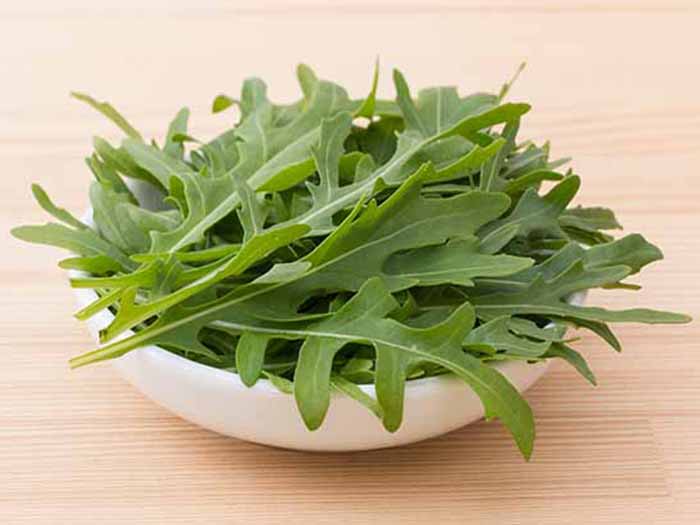Drinking wild lettuce tea is an easy way to ease stress and improve the quality of your sleep when used in moderation.
What is Wild Lettuce Tea?
Wild lettuce is the common name of Lactuca virosa, [1]a plant native to Central Europe and North Asia that has now spread to North America and other parts of Europe. Wild lettuce tea is made from the dried leaves of this plant, and its powerful sedative properties have earned it the name “lettuce opium”. When used in moderate quantities, it can bestow a number of anxiolytic and nervine properties but is not recommended to be used in excess as a means to alter consciousness.
Wild Lettuce Tea Benefits
The best health benefits of wild lettuce tea include its ability to soothe pain, reduce anxiety, and eliminate respiratory distress, among others. These leaves contain a unique composition of triterpenes, volatile acids, and antioxidants, including lactucic acid and various alkaloids. These components are able to impact the hormonal system, while also delivering anti-inflammatory benefits to the body. The analgesic qualities of these leaves, combined with their anxiolytic effects on the nervous system, make it an ideal nighttime tea. Many people use it before they sleep to ensure restful and uninterrupted sleep, and overcome symptoms of insomnia. [2]

Wild lettuce has sedative and analgesic properties, according to research studies. Photo Credit: Shutterstock
How to Make Wild Lettuce Tea?
You can easily make wild lettuce tea at home, provided you have access to the dried herb. Take a look at the recipe below.

Wild Lettuce Tea Recipe for Natural Pain Relief
Ingredients
- 1 tbsp dried wild lettuce tea
- 2 cups of water (filtered)
- 1 tsp of honey (if desired)
Instructions
- To make wild lettuce tea, add 1 tablespoon of dried wild lettuce to a teapot or tea infuser.
- Meanwhile, bring 2 cups of water to boil in a saucepan.
- Pour water over the tea leaves and allow to steep for 10-20 minutes, depending on desired strength.
- Once done, strain the tea and serve hot! You can add a teaspoon of honey to it to enhance its taste.
Word of Caution
The powerful sedative effects of this herbal plant make it a popular choice for people to abuse in order to get “high”. When this tea is consumed in highly concentrated levels, it can cause toxicity, as well as side effects like nausea and vomiting. This tea is only intended to be consumed at a rate of 1-2 cups per day for its anxiolytic effects. [3]
